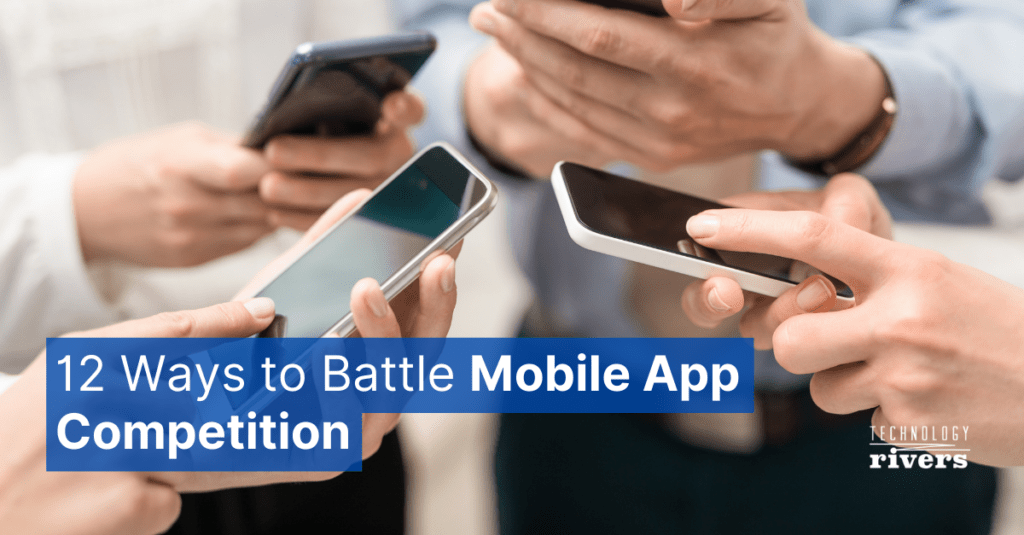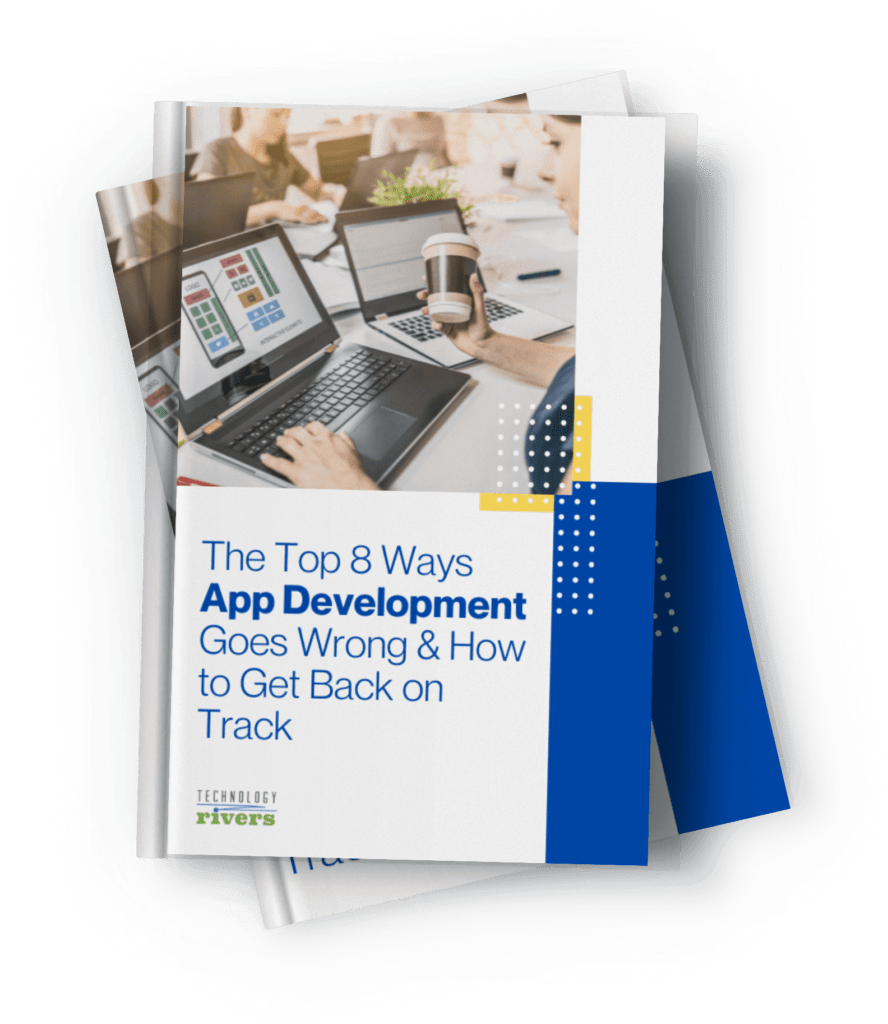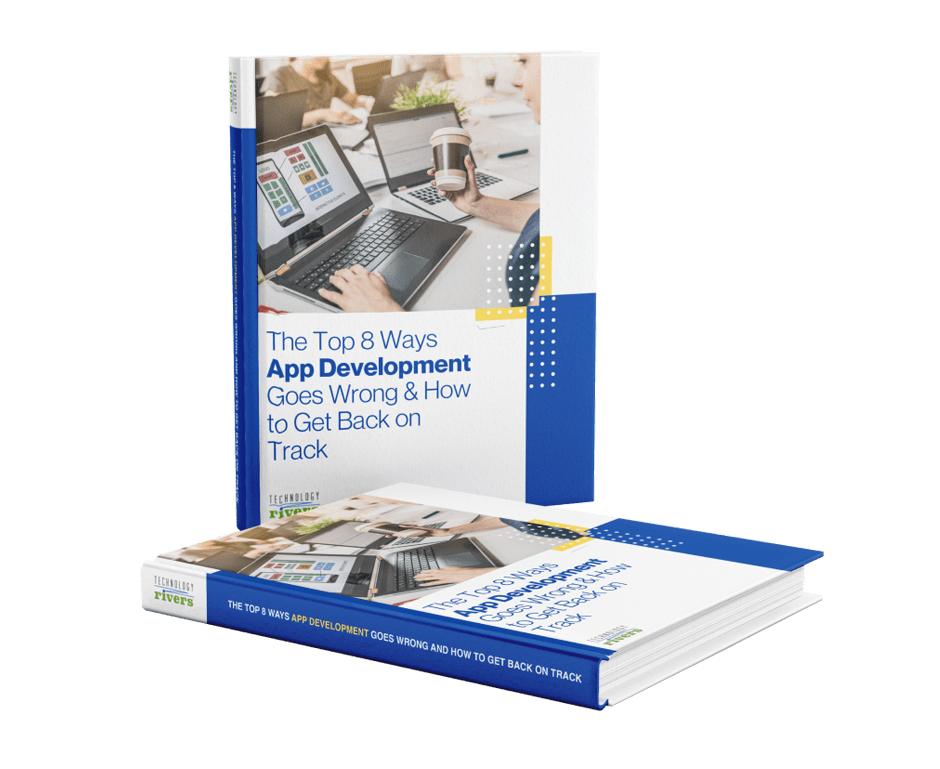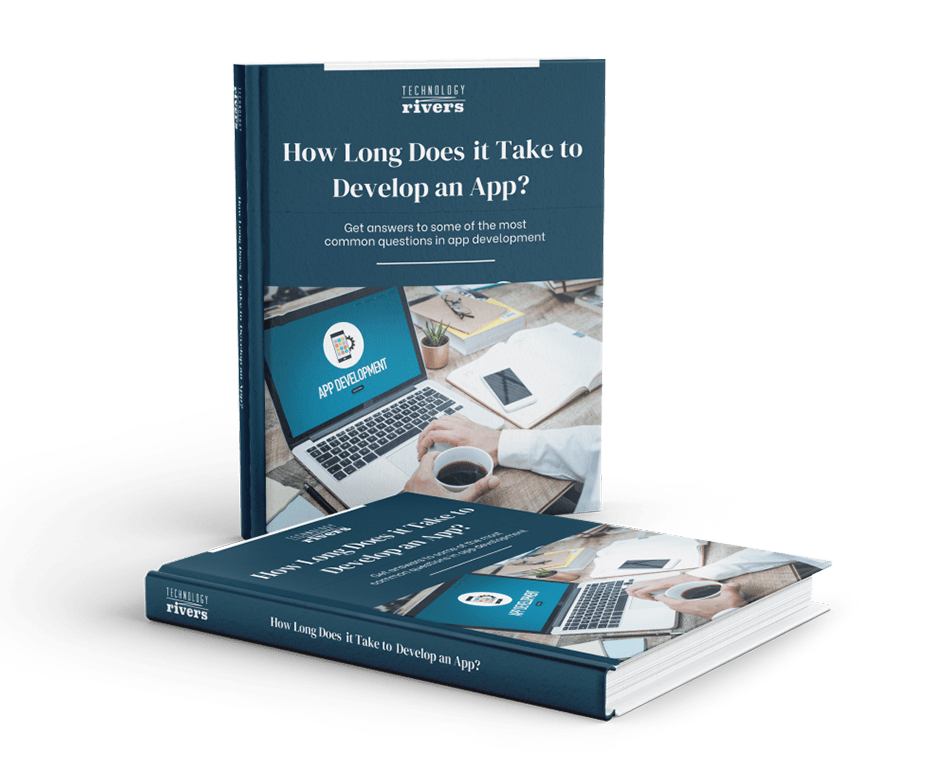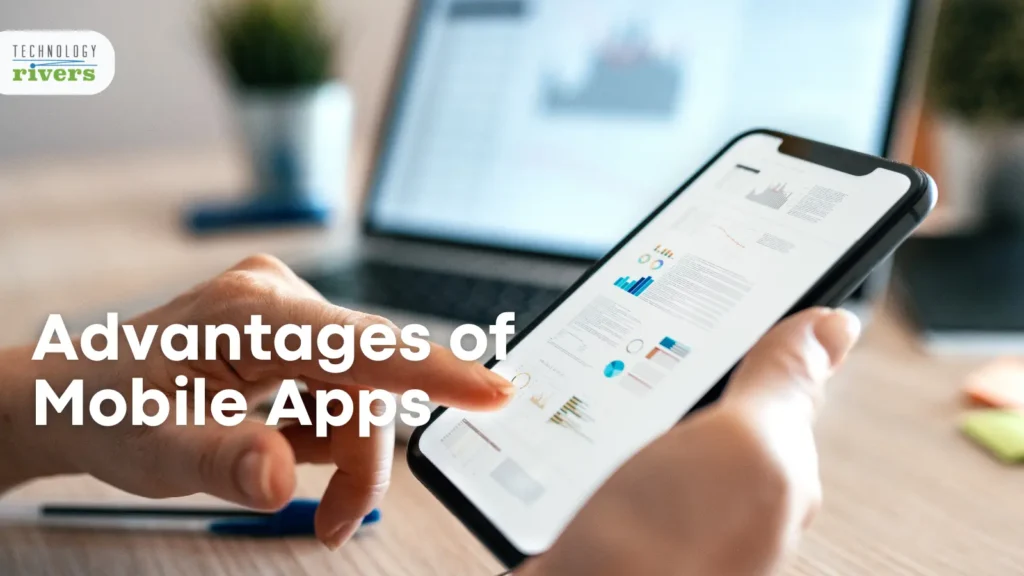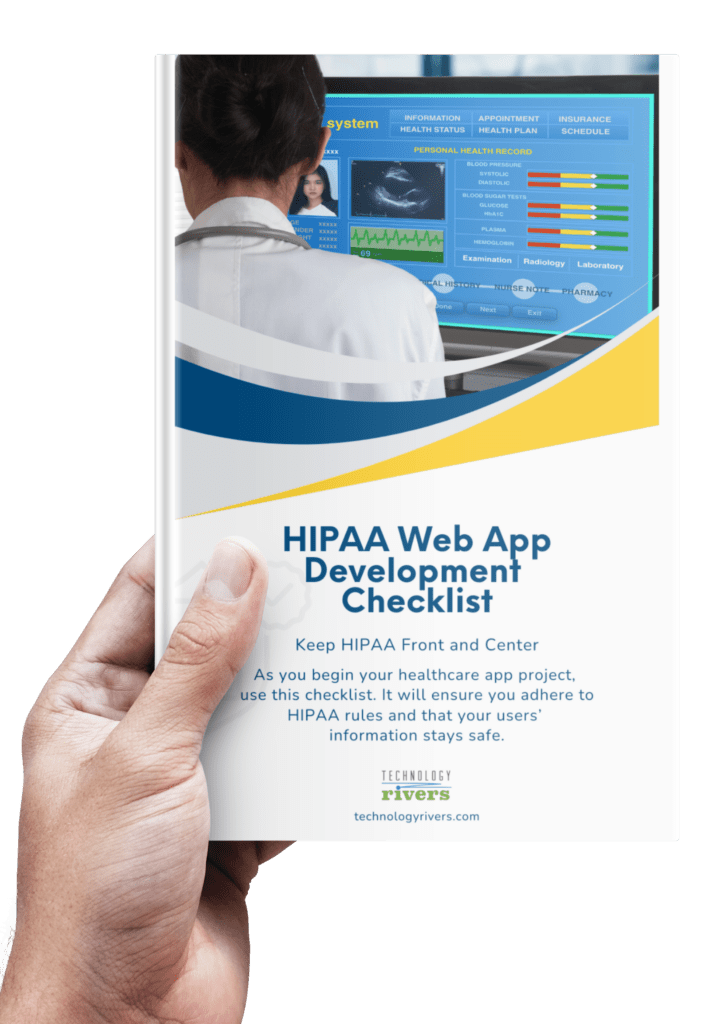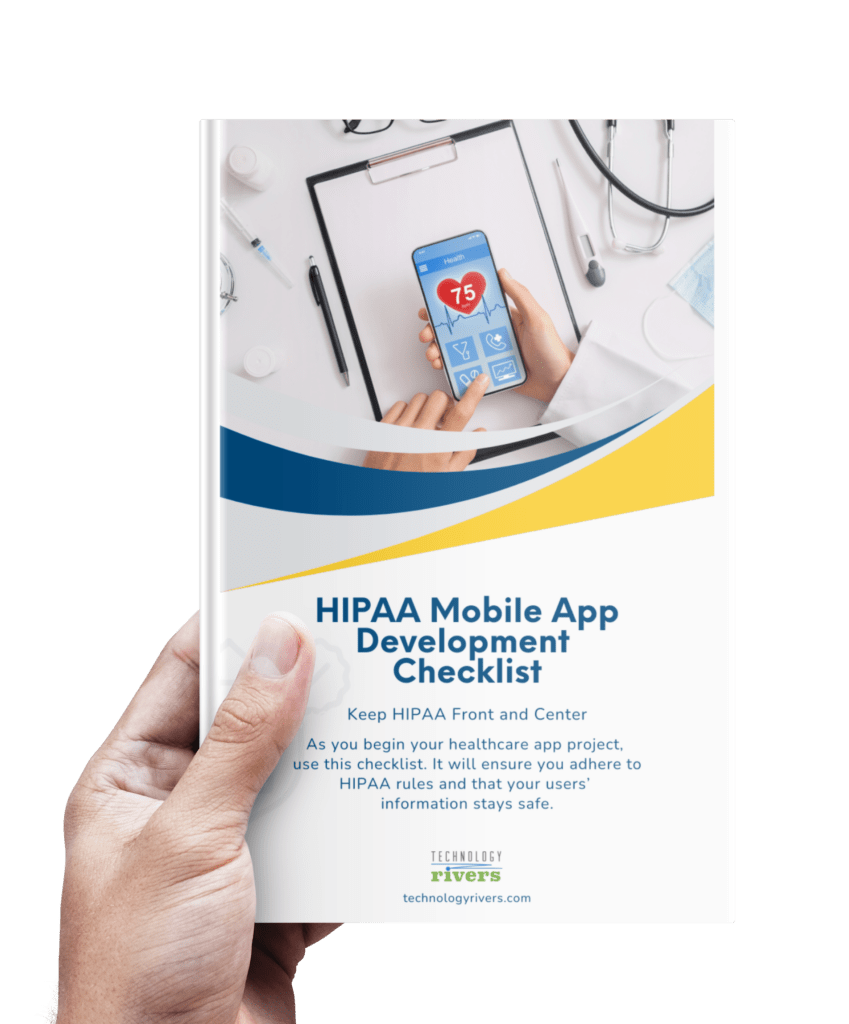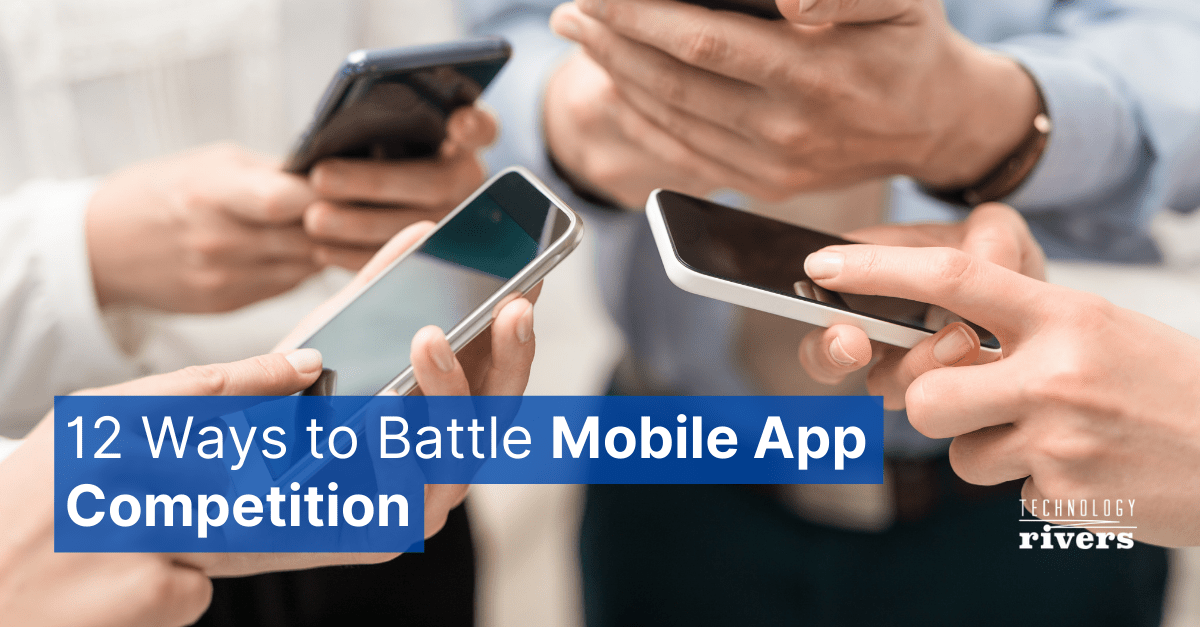
Blogs » 12 Ways to Battle Mobile App Competition
The mobile app market is crowded and fiercely competitive. With 2.56 million apps to choose from on Google Play and 1.85 million on the Apple App Store, it can be difficult to gain traction in the industry. However, even with millions of mobile apps in the App Stores, there are some that manage to stand out and get attention. Founding entrepreneurs are finding innovative ways to achieve distinction.
There is no special sauce or trick that works for everyone, however, there are different strategies and techniques that can help mobile app owners improve their chances of getting to the top. As an app developer, you need to give your app every possible advantage.
In addition to the tips and strategies covered in this article, we’re also sharing some ideas about the ways you can make your mobile app sticky and some of the tools to track and monitor the progress of your mobile app so that you can work in implementing these strategies.
- Beyond the Download—Why Are Some Apps Sticky While Others Are Forgotten?
- Important App Metrics & Tools: How to Measure and Improve Mobile App Performance
In this article, we provide some suggestions that can help you gain traction for your next mobile app and put success within reach. Here are a few main points we will talk about in this article.
- User Experience and Design
- Serving a Well-Defined Niche
- User Retention Strategies
- Smart Engagement
- Language Support
- Mobile App Marketing
- App-store Optimization
- Deep Linking
- Different Devices and Screen Size considerations
- Simple Sign-up Experience
- Creating Attractive App-Store Listings
1. Never Skimp on User Experience and Design
Besides the mobile app market being crowded, potential consumers have high expectations and very little patience. This means that even seemingly small details of the user interface and tiny glitches in the user experience can mean your app being passed over or deleted.
It’s worth spending time and money on optimizing user experience. In fact, for every dollar invested in the user experience, there is a $100 return. Attention to design and detail pays off. Users have so many apps to choose from that they have become more discerning of every design element. According to a Comscore study, 21 percent of millennials report having deleted an app simply because they didn’t like the logo.
2. Narrow Your Focus
Of course, you want everyone to use the app you’ve created, but it’s better to narrow your focus to a well-defined niche. In the app world, it is best to do one thing extremely well rather than trying to serve everyone. Working within a smaller niche allows you to truly understand your audience’s pain points and position yourself with a clear value proposition.
Focusing on a single problem will also allow you to quickly create your minimum viable product (MVP). If you have a great idea for an app and take a long time to develop it, you risk someone else coming along with the same idea. A smaller, focused initial project will reduce your time-to-market and allow you to test your mobile app and market fit before a full-fledged product is complete. A narrowly-focused app with a well-known target persona is ideal for your initial Minimum Viable Product. You can learn more about improving speed to market in our recent article, Need to Launch Quickly? 7 Ways How to Get From Idea to Application Store on a Tight Timeline.
3. User Retention is Key
One of the most important KPIs for any application is its user retention rate. Before you even get your first user, you should have a plan for keeping them. Cohort analysis is a good way to track not just how many people delete your app but also figure out why. Only if you know that can you make the necessary changes to keep it from happening again.
It is expensive to get customers. According to Statistica, the average cost to acquire a user is four dollars and continues to rise. It is less expensive to keep a customer than gain a new one. Just a five percent increase in your customer retention can increase your profitability by 75 percent.
4. Engage with Your Mobile App Users Wisely
Communicating with your mobile app users can be a double-edged sword. It is critical that you reach out to them, but if done the wrong way, you risk losing them. Communicating with users does not mean sending everyone the same information. Messages need to be carefully crafted, relevant, and personalized.
Leanplum reports that irrelevant communication is the main reason mobile users end up deleting apps. Today’s consumer is used to carefully-targeted messages and advertising, and they are holding you to the same standards. Besides making sure you’re providing the right communication, make sure you’re sending it the right way. Let users choose how they want to hear from you. Today most users say that email is their preferred channel, so if you’re relying on in-app messaging for all of your communication, you’ll likely lose customers.
5. Expand Your Reach with Language Support
Don’t limit the reach of your app. Multi-language support allows people speaking a foreign language to use your app without a problem. This enhances accessibility while increasing your audience.
While you might think Americans use apps more than anyone, we come in fourth on daily app use behind Brazil, India, and China. Mobile app localization allows people anywhere to easily use your product. Details like currencies, units, and calendars are automatically changed for a seamless experience.
6. Up Your Marketing Game
In order to successfully market your app, you need to have a deep understanding of your audience as well as your competition. You need to get your product in front of as many eyes as possible and quickly let them know why they should download your app versus a competitor’s. Craft a powerful, unique value proposition, and then use social media or influencers to get the word out. Using ads and promos like free trials or contests can also be advantageous.
Optimizing your pages on the app store is crucial to your marketing strategy. More than 50 percent of people who discover an app on Apple’s App Store or the Google Play Store do so as a result of browsing the store, so make sure your pages stand out. Consider using video as well as screenshots on store pages. Video is currently the most popular content out there, accounting for at least 80 percent of internet traffic.
7. Speaking of App Stores
App store optimization is important. Think of it as search engine optimization (SEO) for your app. Google Play and Apple do not do things the same way, so you’ll need to learn how to optimize on both platforms for the best results.
Factors that impact app store optimization include the number of downloads, download consistency, ratings and reviews, and uninstalls. The two stores use different algorithms, however, to determine who lands where on the list. Even what searchers see of your app is different from one store to the other. A good idea of how each platform displays your information and how they determine what gets shown will help you make the best of both venues.
8. Use Deep Linking
Deep linking allows you to direct users to specific, relevant content rather than the app home screen. Let’s say a friend on social media shares information about an item on Amazon. When you click the link, you’re not taken to the Amazon homepage, but rather to the product page on your Amazon app. That’s deep linking.
Whether connections are being made from website to app, app to app, or social media to app, deep linking enhances the user’s experience. It has been shown to improve retention, engagement, and onboarding, among other things. The links used will also come up in search engine results, so they improve visibility. Lastly, they provide an easy way to measure campaign effectiveness.
9. Support Multiple Screens
People want to use apps where they want, when they want, and on whichever device they want. It’s vital that your app design is fluid, supports different screen sizes, and looks just as great on different smartphone sizes as well as on different tablets. By not using a fixed layout, your app can respond to different screen sizes and screen orientations.
While all smartphone apps are available on tablets, they will appear in a zoom-mode on the iPad, unless explicitly created as a universal app. Hard coding the position and size of your user interface components can result in an app that looks great on some devices but not others which can lead to your product quickly being deleted. Universal versions that can fit multiple devices as well as providing alternate layouts mean that your app will look great anywhere.
10. Make Sign-Up Simple
Your task once people begin using your app for the first time is to require as little lift from them as possible. Only ask for the information that you absolutely need. Of course, you want users’ emails, but if you don’t need it immediately for the app to function, don’t ask right away. Let them use and enjoy your app before you ask for anything you don’t need.
Similarly, don’t overwhelm users with too much information. You are so excited about your product and want to show people everything it can do, but that’s a lot to take in all at once. Simple is best. Finally, when you do ask people for information, give them as much choice as you can. Some people prefer signing up for things through Facebook rather than email. Try not to put unneeded constraints on passwords. Remember, the easier the better.
11. Make Your App Store Listing Attractive
Besides wanting your app to appear early in searches on the app store, you need for your listing to look as good as possible to potential users. Make sure you have an icon that pops. (Remember those fickle millennials?) Include some video and make good use of screenshots that showcase what your app has to offer.
Spend some time working on a succinct description of your app that will get people interested. Writing something concise about the app you just spent so much time working on is difficult, but think about how many other apps are out there. You have a very short window to draw people in. Keep track of your reviews. While you have little control over what people say, reviews are an important part of boosting the attractiveness of your app.
It’s also important that people can see that you are making frequent updates to your app. This lets people know that you are continually improving and evolving. Updates are also a great reason to reach out to your users.
12. Follow Design Guidelines
Do you know where you can get help in accomplishing many of the above recommendations? Both Apple and Google have design guidelines that can help you make your best mobile app possible. These guidelines cover things as simple as what a button should look like to as complex as how to integrate widgets and notifications.
Everyone from developers of new mobile apps to developers of well-known products use design guidelines to improve user experience. The New York Times recently saw tablet usage increase by 500 percent after adopting a more responsive design based on Android 4.0 design principles. Pandora was able to increase revenue by 397 percent by using subscriptions and in-app billing. No matter who you are, it pays off to keep up with design guidelines.
The mobile app world is competitive, but there are also many strategies and resources you can use to make your app a top contender. Don’t let the competition (or fickle millennials) dissuade you from creating the next top download. Where can you direct your time and attention in order to give your new mobile app an edge? Consider implementing these strategic areas will give your product the best possible chance of success.
I would love to hear your thoughts, suggestions, experiences and feedback as you try out any of these in your venture.
Technology Rivers has the experience and know-how to help you create an app your audience is sure to notice. If you have any app that is struggling to get traction, and needs improvement, feel free to contact us today.


